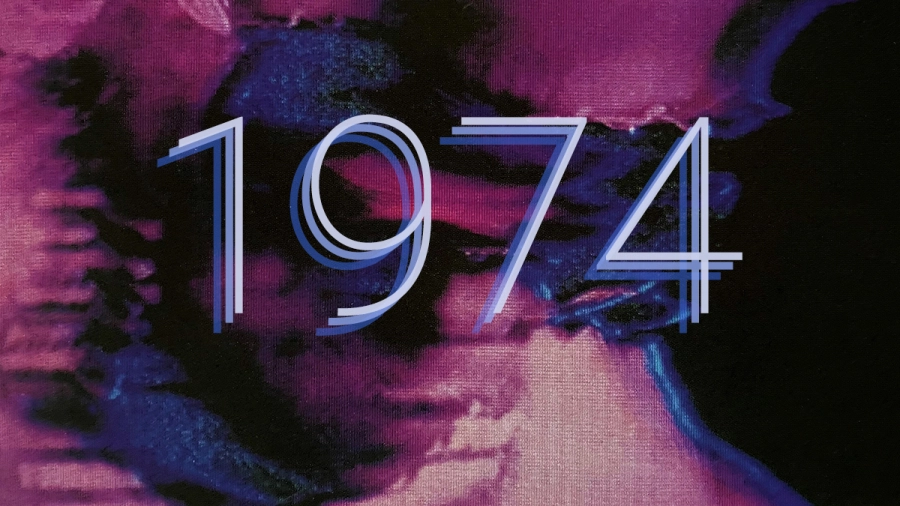After three nights in Rio de Janeiro, the last of which was documented in a phenomenal 40-minute tape, the Miles Davis octet continued its tour of Brazil with a trio of shows at the Theatro Municipal in São Paulo. Originally booked to perform May 28 and 31, June 1 (Tuesday, Friday, Saturday), the band was forced to reschedule the Friday night gig after Miles, clearly still riding high after his 48th birthday celebration on May 26th, overindulged between shows.
I was in São Paulo, Brazil, and had been drinking all this vodka and I smoked some marijuana-which I never did, but I was having such a great time… Plus I took some Percodan and was doing a lot of coke. When I got back to my hotel room, I thought I was having a heart attack. I called the front desk and they sent up a doctor and he put me in the hospital. They had tubes up my nose and IVs attached to me. The band was scared; everyone thought I was going to die. I thought to myself. This is it. But I pulled through that one … They had to cancel the show that night and reschedule it the following night. I played and blew everybody’s mind I was playing so good.
From Miles the Autobiography, as told to Quincy Troupe


True to his word, Miles was indeed in rare form on the night of June 1st, with both sets documented in full via saxophonist Dave Liebman’s on-stage taping rig as well as in a brief B&W film clip by Brazilian filmmaker Andrea Tonacci (amazingly, the only known footage of the band in 1974). Like the tape from Rio on May 25th, Liebman’s on-stage recordings of these three nights in São Paulo make for a captivating listening experience – capturing the band at the peak of its power with an incredible depth and clarity that rivals Miles’ official live albums. Fittingly, these superb tapes are also the last to feature Liebman, who had recently recorded his excellent Drum Ode LP and would be replaced by Sonny Fortune when the octet resumed touring in late July. Essential documents by any measure.
Continue reading “5.28 – 6.2.1974 São Paulo”


















